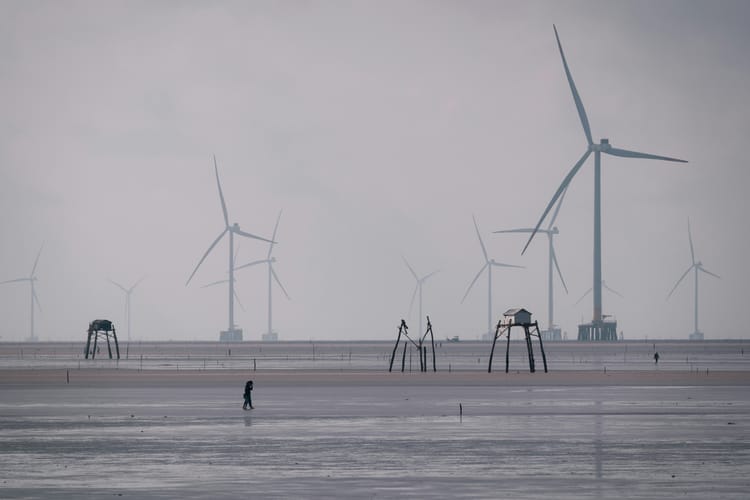H&M used nearly 90% sustainable materials in 2024

H&M is on track to meet a number of sustainable materials targets by 2025 and 2030, with 89% of the materials used in commercial products last year coming from sustainable sources – including 29.5% of recycled materials.
The Swedish fashion company made significant progress in the transition to sustainable sourcing in 2024. On top of maintaining the 100% ratio of cotton sourced from organic, regenerative or other sustainable suppliers, H&M procured 94% recycled polyester (up from 79% in 2023).
This means the company is fast approaching its goal to get 100% of its polyester from recycled sources by 2025.
Read also: Fashion brands launch textile recycling pilot in Spain
H&M has an overall target of getting 100% of its materials from sustainable or recycled sources by 2030, including 50% recycled materials. By the end of 2025, the company plans to bring its recycled materials ratio up to 30%.
“We are on track to achieve our goal for all our materials to be either recycled or sustainably sourced no later than 2030, and we almost reached our 30 percent goal for recycled materials by 2025 a year ahead of schedule,” said Leyla Ertur, Sustainability Director at H&M Group.
Reductions in Scope 1 and 2 emissions offset by Scope 3 increase
The fast fashion firm also made progress towards its 100% renewable energy target, reaching 96% in 2024. This supported a year-on-year 25% reduction in Scope 1 and 2 (market-based) emissions, putting H&M on track to meet its 56% mid-term reduction goal for operational emissions, from a 2019 baseline.
“Our efforts to use less and cleaner energy across our supply chain are also delivering strong results in our decarbonisation journey, aligned with our science-based targets. We are aware of the challenges ahead of us and we remain confident that we are on course to fulfill our sustainability agenda in the years to come,” added Ertur.
However, Scope 3 emissions (including use-phase emissions) went up by 3.5% (more than 300,000 tonnes) last year, driven by a rise in raw materials, fabric production and garment manufacturing emissions.
Scope 3 emissions in 2024 remained 24% lower than the 2019 baseline, which the company’s annual and sustainability report says “sets it up well” to reach its 2030 goal of reducing absolute emissions by 56%.







Member discussion